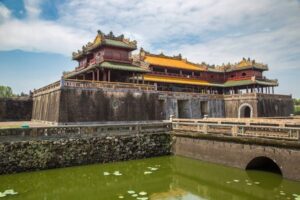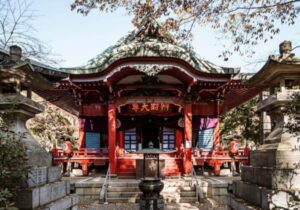The Travel Blog

Lumbini, Nepal: Birthplace of Buddha and Sacred Gardens
A Journey Into Stillness
If you’ve ever felt the need to pause from the rush and reconnect with something deeper, Lumbini, Nepal, offers a sanctuary like no other. This is more than just a spot on a map. It’s where Siddhartha Gautama, the Buddha, was born. This place holds great spiritual and historical importance.
Recognised as a UNESCO World Heritage site, Lumbini is more than ancient ruins and dusty scriptures. It’s a living, breathing pilgrimage site in Asia where past, present, and peace converge. This post takes you through sacred gardens, monastic areas, and rich culture. You’ll explore mindfulness as you connect with history.
Whether you’re a Buddhist pilgrim or a curious traveller, Lumbini welcomes you with open arms and silent wisdom.
Why Visit Lumbini?
A Beacon of Spiritual History
- Birthplace of Buddha in 623 BCE
- Endorsed by Emperor Ashoka with the iconic Ashokan Pillar
- Sacred for Buddhists worldwide, akin to Mecca or the Vatican for others
A Peaceful Experience
- Quiet paths, prayer flags, and meditating monks
- A profound sense of presence and introspection
Visiting Lumbini, Nepal, isn’t just sightseeing; it’s a spiritual unfolding.
The Sacred Mayadevi Temple
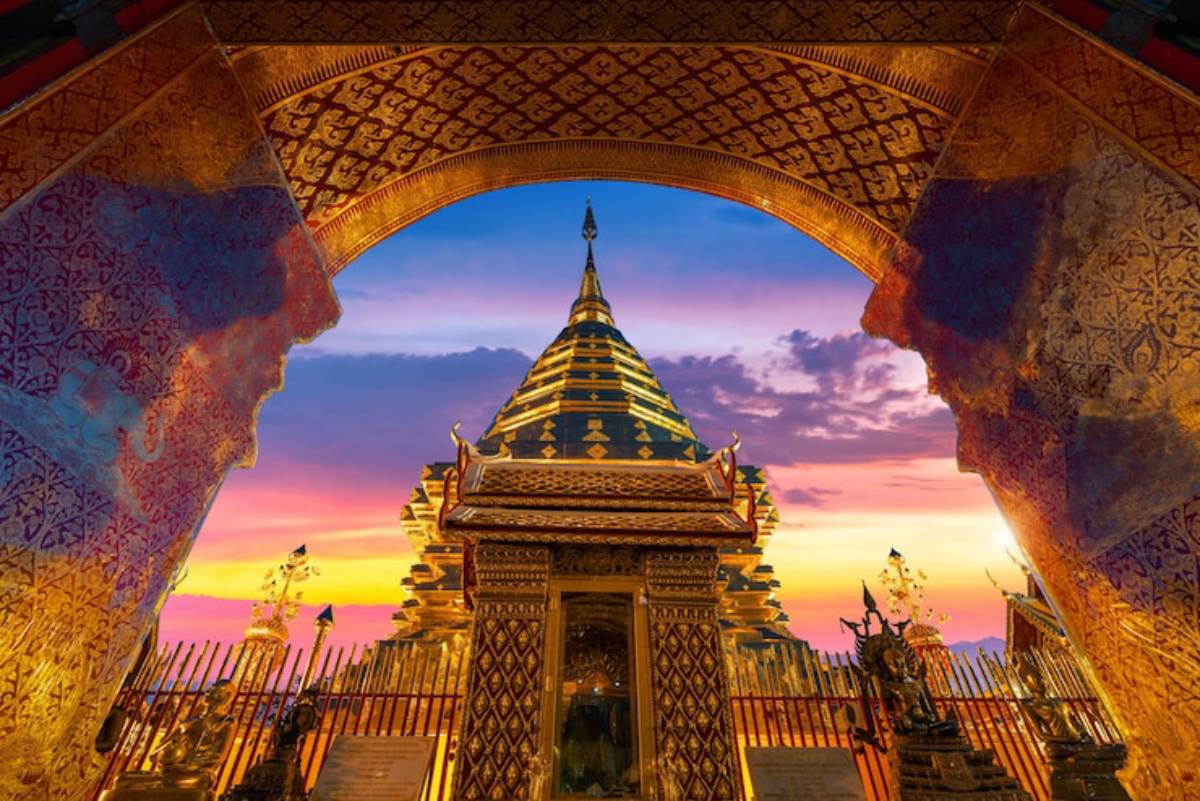
The Heart of Lumbini
The Mayadevi Temple is the spot where Queen Mayadevi gave birth to Prince Siddhartha. It happened under a sal tree.
Inside the Temple:
- Marker stone identifying the exact birthplace
- Intricate bas-relief of the nativity scene
- Glass viewing panels preserving 2,000+ year-old ruins
A sacred pond nearby is where Mayadevi is believed to have bathed before giving birth. It adds to this holy scene.
Hack : Visit at sunrise. The soft, golden light over the temple is meditative in itself.
Monastic Zone: Global Harmony Through Architecture
Lumbini has two parts: the Eastern and Western Monastic Zones. Each zone has temples made by different countries. It’s like a spiritual world tour!
Eastern Zone – Theravada Traditions:
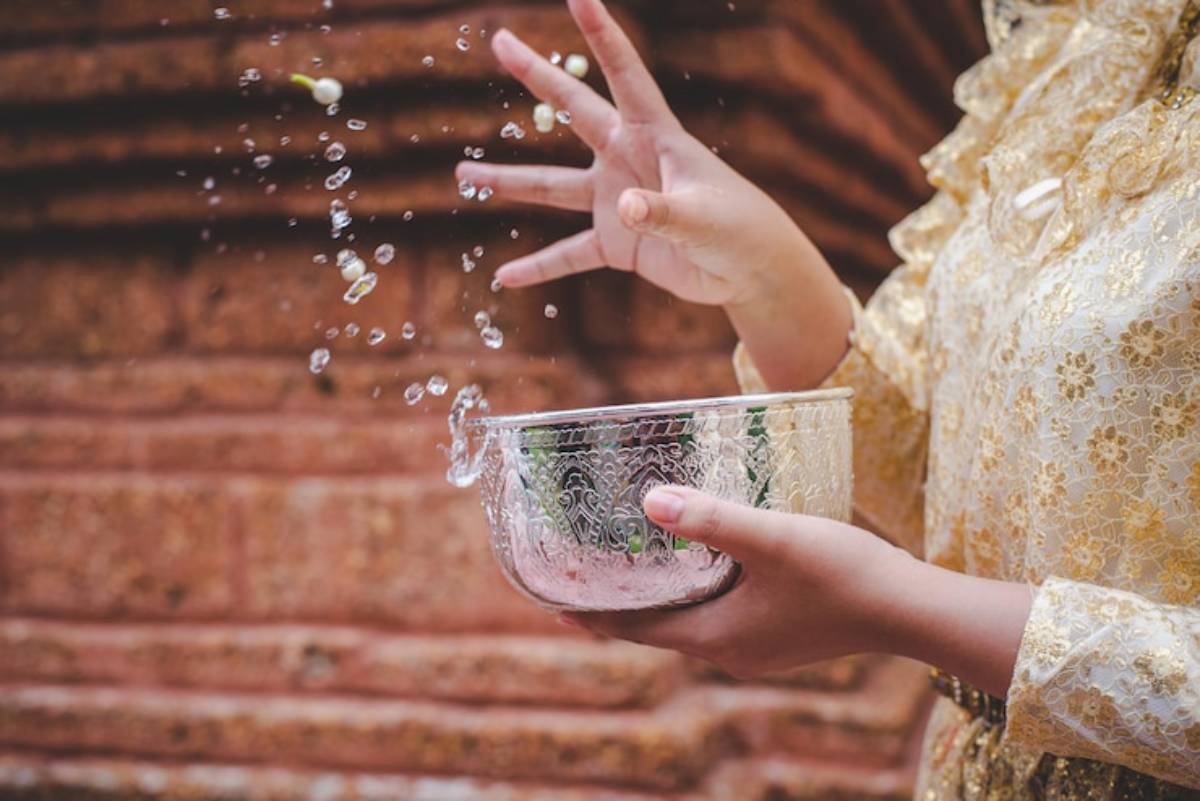
- Thailand Monastery : Simple, symmetrical, and tranquil
- Myanmar Monastery : Intricate carvings and meditation halls
Western Zone – Mahayana Traditions:
- German Monastery (Lumbini German Temple) : Bright and modern
- Chinese Monastery : Grand, dragon-themed gates and colourful interiors
- Korean Monastery : Harmonious gardens and calligraphy panels
Walking through this area is not just about faith — it’s a journey through culture, art, and a shared pursuit of peace.
Link with another destination rooted in harmony: Koyasan, Japan: Temple Stays and Monastic Life.
Eternal Flame and World Peace Pagoda
These two landmarks symbolise universal peace and enlightenment.
Eternal Flame:
- Lit in 1986 to promote world peace
- Housed in a marble structure surrounded by manicured lawns
World Peace Pagoda:
- Built by Japanese Buddhists
- White dome representing purity and peace
- Encircled by reflective ponds and the soft chanting of pilgrims
Stand here, close your eyes, and feel the serenity wash over you.
Lumbini Museum & Cultural Centre
Lumbini Museum shows the layers of Lumbini. It uses visual storytelling and historical artefacts.
Highlights:
- Rare manuscripts and photographs
- Excavated relics from ancient Lumbini
- Art exhibitions focused on Buddhist themes
Great for history buffs, cultural travellers, and educators.
How to Travel Mindfully in Lumbini
Lumbini thrives on peace and preservation. Travel here demands presence and respect.
Do:
- Dress modestly, covering shoulders and knees
- Remove your shoes before entering temples
- Walk quietly and observe signs
- Support local businesses and guides
Don’t:
- Fly drones or use loud devices
- Climb on ruins or lean against sacred markers
- Disrespect the cultural or spiritual rituals
Getting to Lumbini
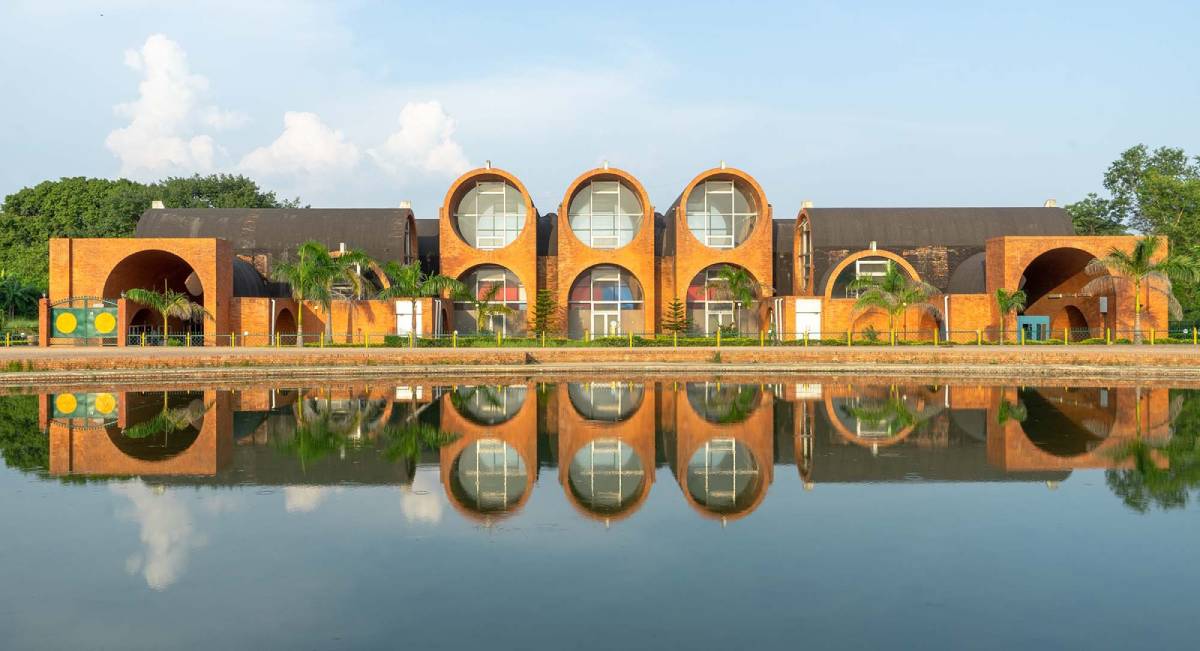
By Air:
- Gautam Buddha International Airport (Lumbini Airport), 22 km from the sacred site
- Connected to Kathmandu and regional cities
By Road:
- 8–10 hours from Kathmandu by bus or private taxi
- 1.5 hours from Bhairahawa (closest city)
Consider a stopover in Pokhara or Chitwan to diversify your Nepal experience.
Best Time to Visit Lumbini
- Autumn (October to December) : Clear skies and mild temperatures
- Spring (March to May) : Blooming flora and cultural festivals
Avoid summer (May–June) because of the extreme heat. Also, steer clear of the monsoon season (July–September) due to flooding and humidity.
Where to Stay: Peaceful Accommodations
Lumbini offers a mix of pilgrim lodges, guesthouses, and mid-range hotels.
Recommended Options:
- Buddha Maya Garden Hotel : Close to Mayadevi Temple with serene gardens
- Lumbini Hokke Hotel : Japanese-managed, with an emphasis on calm and cleanliness
- Local Homestays : For cultural immersion and local cuisine
Book ahead during festivals or religious events.
Local Cuisine: Simple Yet Soulful
Lumbini has a simple but tasty food scene. It blends Nepali and Indian vegetarian traditions.
Must-try Dishes:
- Dal Bhat : Lentil curry with rice and vegetables
- Sel Roti : Sweet, ring-shaped rice bread
- Aloo Tama : Potato and bamboo shoot curry
Tea stalls offer sweetened masala chai, perfect after a day of walking.
A Spiritual Encounter: Real Travel Story
On a peaceful morning at Mayadevi Temple, I noticed a young monk offering incense. A group of travellers from Vietnam quietly chanted sutras nearby. We didn’t share a language, but in that moment, we shared peace.”
Lumbini doesn’t force revelations; it gently invites them.
Conclusion: Come for History, Stay for Harmony
Lumbini isn’t a place you just visit — it’s a place that lingers in your soul. Lumbini doesn’t rush to impress like busy tourist spots or stunning views. It reveals its charm gradually. Its power lies not in spectacle, but in stillness. Every breeze through the sal trees, every flickering butter lamp, and every whispered chant invite you to pause, reflect, and reconnect.
For pilgrims, it is a journey of devotion. For seekers, a quiet awakening. For every traveller, peace isn’t always a big act. Sometimes, it hides in soft footprints on old paths or in the quiet moments shared with strangers under a bodhi tree.
When you visit Lumbini with intention and mindfulness, you’re more than exploring a historic site. You’re joining a timeless flow of human reverence, hope, and healing.
So ask yourself — when was the last time you truly stood still? If you feel the pull, let Lumbini be your sanctuary.
Ready to begin your journey inward? Share your thoughts in the comments or tag someone who needs a little peace. Let’s keep the conversation—and compassion—flowing.
Like Lumbini, Haa Valley, Bhutan: Untouched Traditions and Festivals embodies peaceful tourism rooted in reverence.



